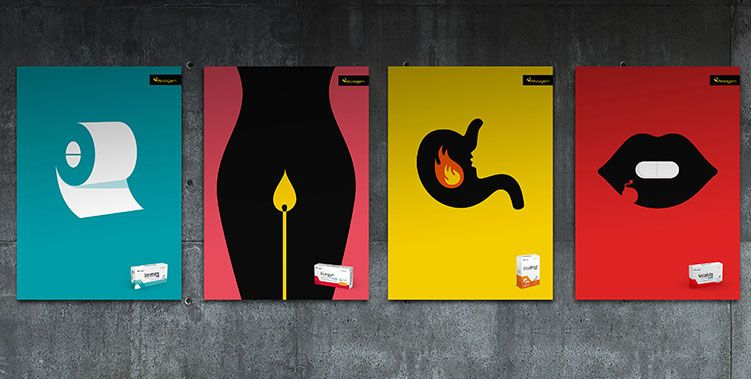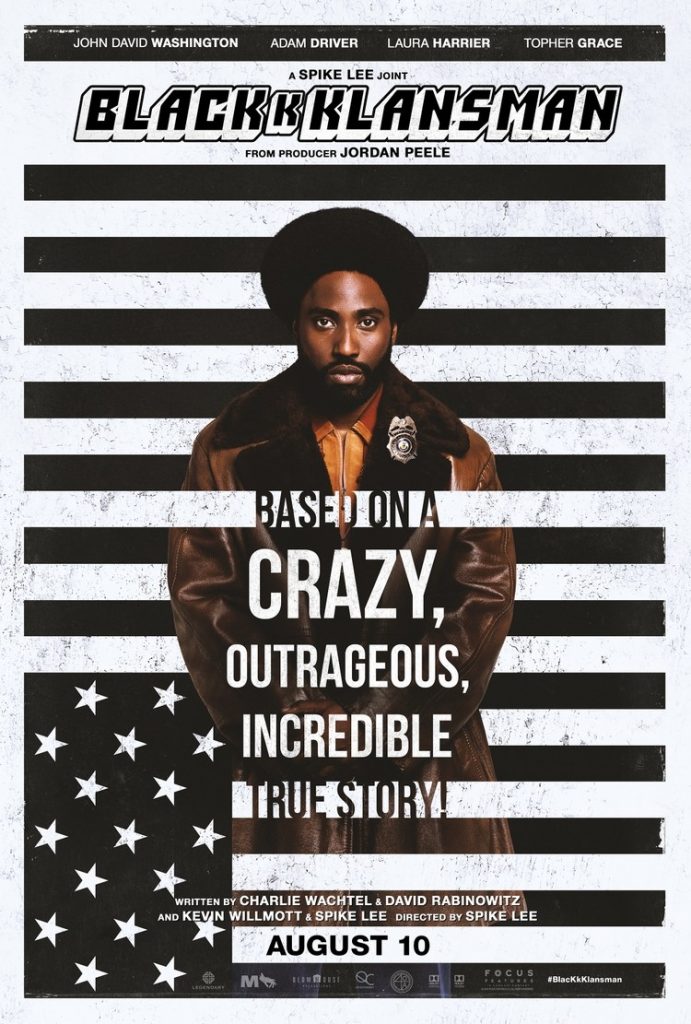
The element of closure from Gestalt Theory refers to a lack of outline around a shape, which forces our minds to fill in the gaps to make it readable. Long revered video game brand, PlayStation, clearly demonstrates closure in their logo. The letter P is stood upright, and the letter S is laying flat behind it, like a shadow. Effectively broken into three pieces, the PS is read as such, regardless of its breaks.



